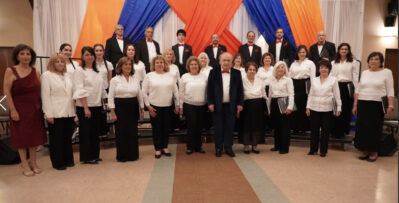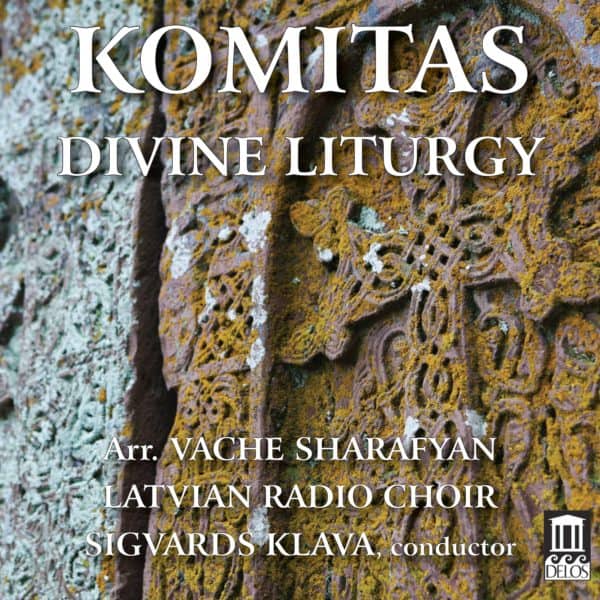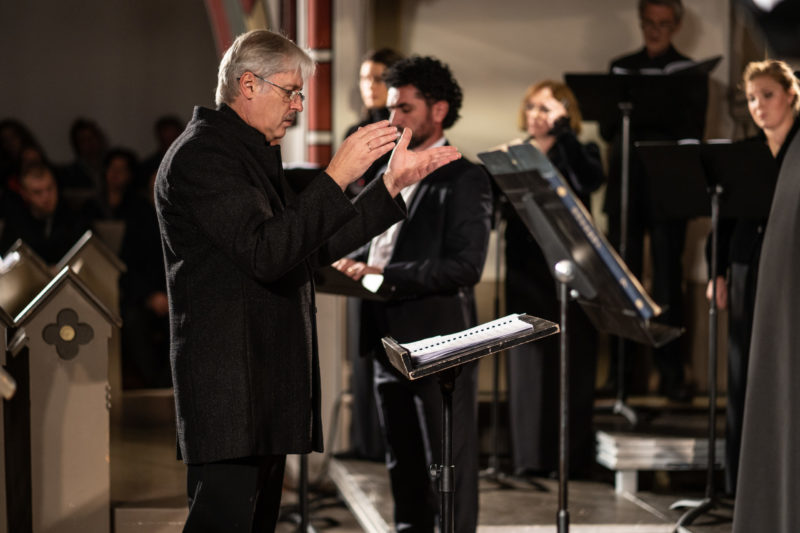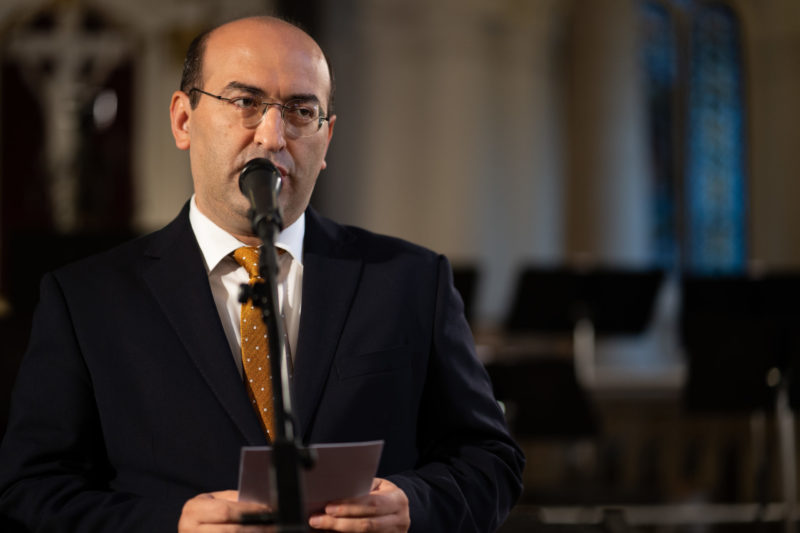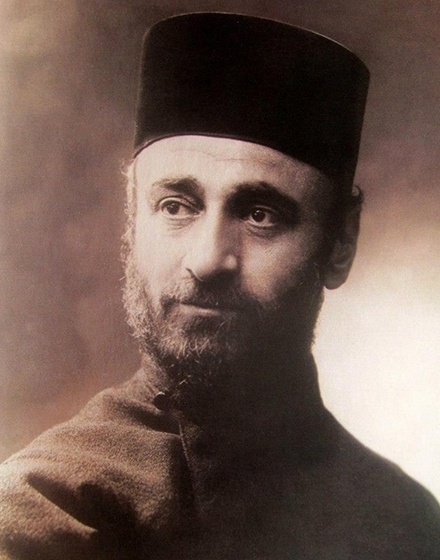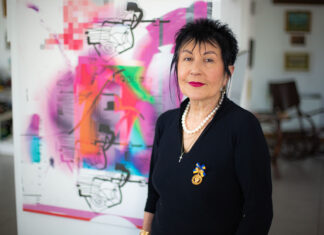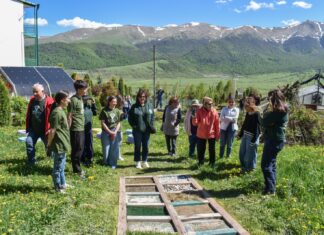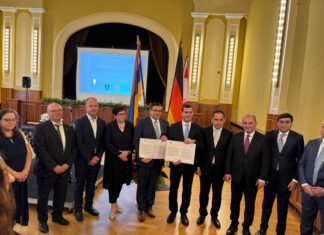RIGA, Latvia — For Armenians, Komitas Vartabed, both as a man as well as a musician, remains a revered figure. His brilliant musicianship, coupled with his unimaginable suffering as a witness to the Armenian Genocide and his subsequent institutionalization, seem to encapsulate the story of the Armenians.
Much like Hungarian great Bela Bartok, Komitas, born Soghomon Soghomonian, was fascinated by ethnomusicology, finding and preserving his people’s folk songs.
At the same time, he wrote a liturgy which is performed regularly in the Armenian Church, by an all-male chorus. Its twinned power and delicacy seem to throw a direct line from the church to God.
Komitas began working on the Divine Liturgy in 1892, and at least ten versions exist. The final version has been recorded by the presented on this recording — dates from 1914–15 and was completed just before his deportation from Constantinople, where he had settled in 1910, to a prison camp in Cankin.
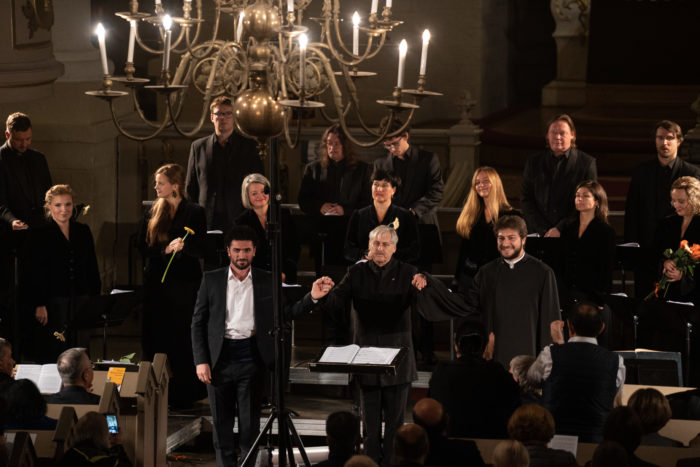
On July 10, the record label Delos released “Komitas: Divine Liturgy,” in the world-premiere recording of a mixed-voice arrangement by Vache Sharafyan. This new version features the critically acclaimed Latvian Radio Choir led by its artistic director, Sigvards Klava, with guest soloists bass Hovhannes Nersesyan and tenor Armen Badalyan.
The recording was made at St. John’s Church (Sv. Jana Baznica), Riga, Latvia, September 20–23, 2019.
